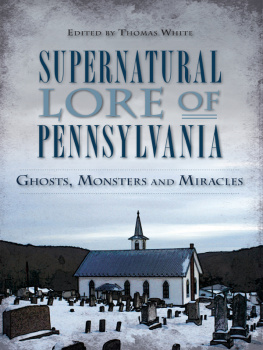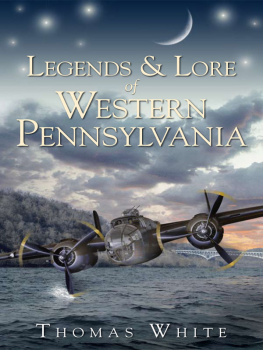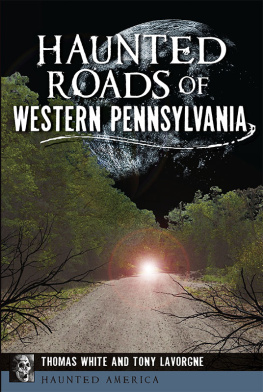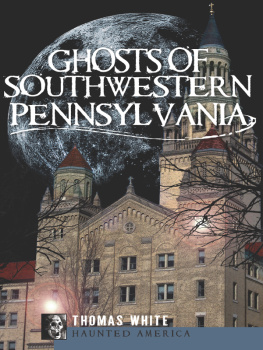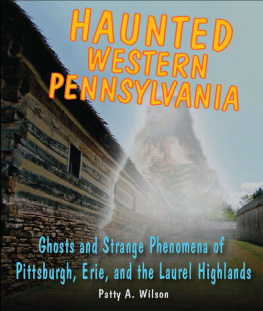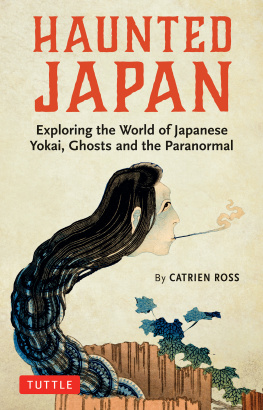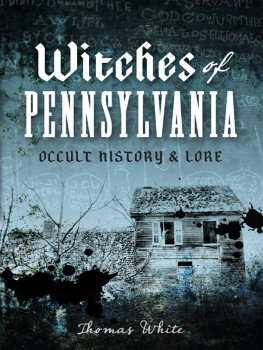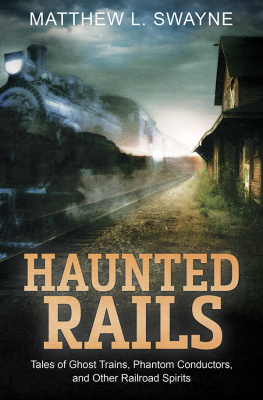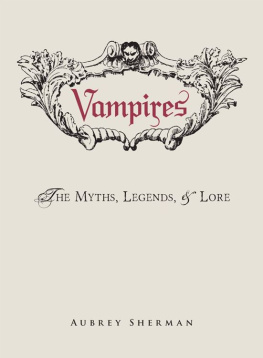

Published by The History Press
Charleston, SC 29403
www.historypress.net
Copyright 2014 by Thomas White
All rights reserved
First published 2014
e-book edition 2014
ISBN 978.1.62585.026.3
Library of Congress CIP data applied for.
print edition ISBN 978.1.62619.498.4
Notice: The information in this book is true and complete to the best of our knowledge. It is offered without guarantee on the part of the author or The History Press. The author and The History Press disclaim all liability in connection with the use of this book.
All rights reserved. No part of this book may be reproduced or transmitted in any form whatsoever without prior written permission from the publisher except in the case of brief quotations embodied in critical articles and reviews.
In memory of Jean White and Anthony J. and Barbara C. Lavorgne
CONTENTS
ACKNOWLEDGEMENTS
In many ways, preparing an edited volume can require more of an effort than writing a book as an individual author. I am grateful to all of the people who assisted me during this process, especially the contributors who shared their knowledge in their respective essays. Also, I want to thank my wife, Justina, and my children, Tom and Marisa, for their support and for allowing me the time to complete this project. I would like to thank my father, Tom, and my brother, Ed, and his wife, Heather, for their continued support as well. Numerous other people helped me and moved the project forward in a variety of ways. Tony Lavorgne, Gerard ONeil, Zaina Boulos, Megan Defries, Michelle Bertoni and Elizabeth Williams all spent time proofreading and editing for me, and their help was greatly appreciated. A special thank you goes to Katherine Barbera, who was not only a contributor and a proofreader but was also my sounding board throughout the project. Her input and observations were vital and helped the process go smoothly.
The contributors would also like to thank the following people and organizations (in no particular order) that made this collection of writings possible. They include Rich Oswald, John Gishbaugher, Maddison McKeel, Jordyn McKeel, Mara Rooney, Haley Bristor, Brian and Terrie Seech, Mark Headings, the Green Mount Cemetery Board, the Cornerstone Genealogical Society, the Greene County Historical Society, Waynesburg University, the Bedford County Historical Society, Chris Bilardi, the Elizabeth Township Historical Society, Robert and Deborah Bertoni, Emma Rose Bertoni, Margaret McElroy, Christina Kubica, Joseph McAndrew, Andy Herrman, John and Roseanne Williams, Andrew Williams, Karin Dillon, Dr. Joshua Forrest, Art Louderback, Kurt Wilson, Ken Whiteleather, Brett Cobbey, Dan Simkins, Brian Mckee, Brian and Jenny Hallam, Will and Missy Goodboy, Vince Grubb, Michael Hassett, Elisa Astorino, Rebecca Lostetter and Hannah Cassilly and the rest of the staff of The History Press.
INTRODUCTION
THE SUPERNATURAL IN PENNSYLVANIA
Supernatural belief systems provided order, purpose and meaning long before science defined the physical and intellectual boundaries of the world. They are one of the common threads that have linked together all cultures and peoples throughout history. Even in the modern world, dominated by science and technology, it can be argued that the presence of the supernatural in our culture is as strong as ever. One explanation for this apparent dichotomy lies in the fact that science, even though it can provide explanations for occurrences in the world and in our lives, cannot impart a greater meaning to them. By its very definition, the supernatural deals with forces that exist beyond science and the laws of nature. Supernatural beliefs provide an alternative to the cold, mechanical and often dehumanizing explanations of science. For believers, supernatural occurrences prove that there is something more.
Here in Pennsylvania, there is a long and vibrant history of supernatural folk beliefs and legends. For those who study the folklore and cultural history of the state, it is a seemingly bottomless well of material. Even though Pennsylvania has historically been at the cutting edge of political thought, freedom, industry and technology, it has also been at the crossroads of many folk traditions. Diverse religious, ethnic and cultural groups have populated the state since the time of William Penn. Economic opportunity also attracted various groups from both inside and outside the United States, and all brought their own beliefs. As the folklore of the various cultures slowly blended, new supernatural legends and tales were created while people struggled to adapt to their new environments. Like other aspects of ethnic and religious culture, supernatural beliefs gave a feeling of stability in a changing world. They provided a sense of purpose, wonder and a framework of good and evil. They are also a vehicle with which to express hopes and fears, carry on traditions and remember the dead.
Pennsylvanias supernatural legends sprang from this fertile ground and continue to develop to this day. This volume provides just a sampling of the states extensive supernatural lore. Those who contributed essays to this book are drawn from the ranks of historians, researchers, genealogists, ministers, skeptics, believers and practitioners. Their subjects are as diverse as ghosts, werewolves, lake monsters, prophetic dreams, miracles and folk magic. All of the essays have been arranged into three thematic categoriesghosts, monsters and miracles and magic. We hope that the varied perspectives of the writers will both entertain the reader and provide an appreciation of the depth, longevity and purposes of Pennsylvanias supernatural lore.
PART I
GHOSTS
THE RESTLESS DEAD
Ghosts are history. Whether you believe in them or not, every time a ghost story is told, someone is providing an interpretation of events of the past. The details of a ghost story, aside from the phantom itself, may be factually accurate, or they may only be loosely based on actual occurrences. Either way, ghost stories are a memory of something real that had an impact on people and on the communityan accident, a disaster, a tragic separation, an untimely death, etc. This is, of course, not the type of history that is found in a textbook. Many of the events that are retold in ghost stories are not of national importance, but they are events that affected the lives of everyday people. Often, the people in such stories would remain obscure or forgotten if their supernatural tales were not told.
This is especially true for some groups of people who were underrepresented in traditional history before the second half of the twentieth century. As you will see, many of the ghost stories included in this section involve women who died in eras when their lives would be a mere footnote, if recorded at all, in histories of their day. Yet the stories of their lives and their tragic ends live on through their ghosts.
Ghost stories may also be repeated as a reminder of danger. Some ghosts are said to appear at bends in the road that have been the site of many accidents. Others haunt dangerous industrial sites, where one mistake might mean injury or death. These kinds of ghost stories carry a warning along with history.
We may listen to, watch or read ghost stories for entertainment, because of an interest in the supernatural or because we have experienced hauntings ourselves. We usually do not actively think about the history and messages that they convey, but they are there nonetheless. Every ghost story has multiple levels of interpretation that are not exclusive, and the historical aspect is just one of these. At a different level, some ghost stories may record something truly supernatural. People have reported encounters with ghosts for thousands of years, and despite what many claim, as of yet, they cannot truly be scientifically proven or disproven. Perhaps it is better that way. It will be left for the reader to determine the veracity of the hauntings recorded here.
Next page
